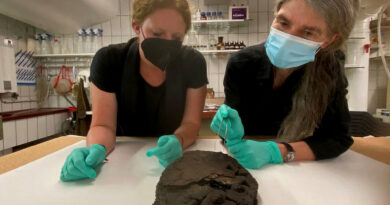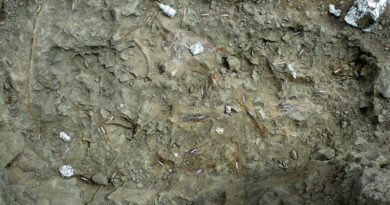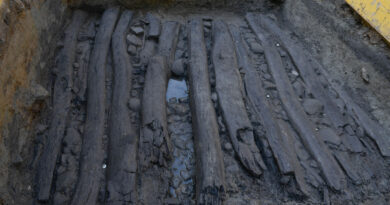Egyptian Farmer Finds 2,500 Year Old Hieroglyphic Covered Stone Buried On His Land
This ancient sandstone monument dating back to around 600 BC was discovered by an Egyptian farmer whilst he was clearing land to plant crops.
The Egyptian Ministry of Tourism and Antiquities said in a statement that the ancient sandstone stela from the 26th Dynasty of Egypt (664 BC-525 BC) had been found by a farmer in the Ismailia Governorate of Egypt last Thursday (3rd June).
A stela is a Latin word used for an object typically shaped like a gravestone which on the surface has either text or ornamentation, and was created to pass on a message.
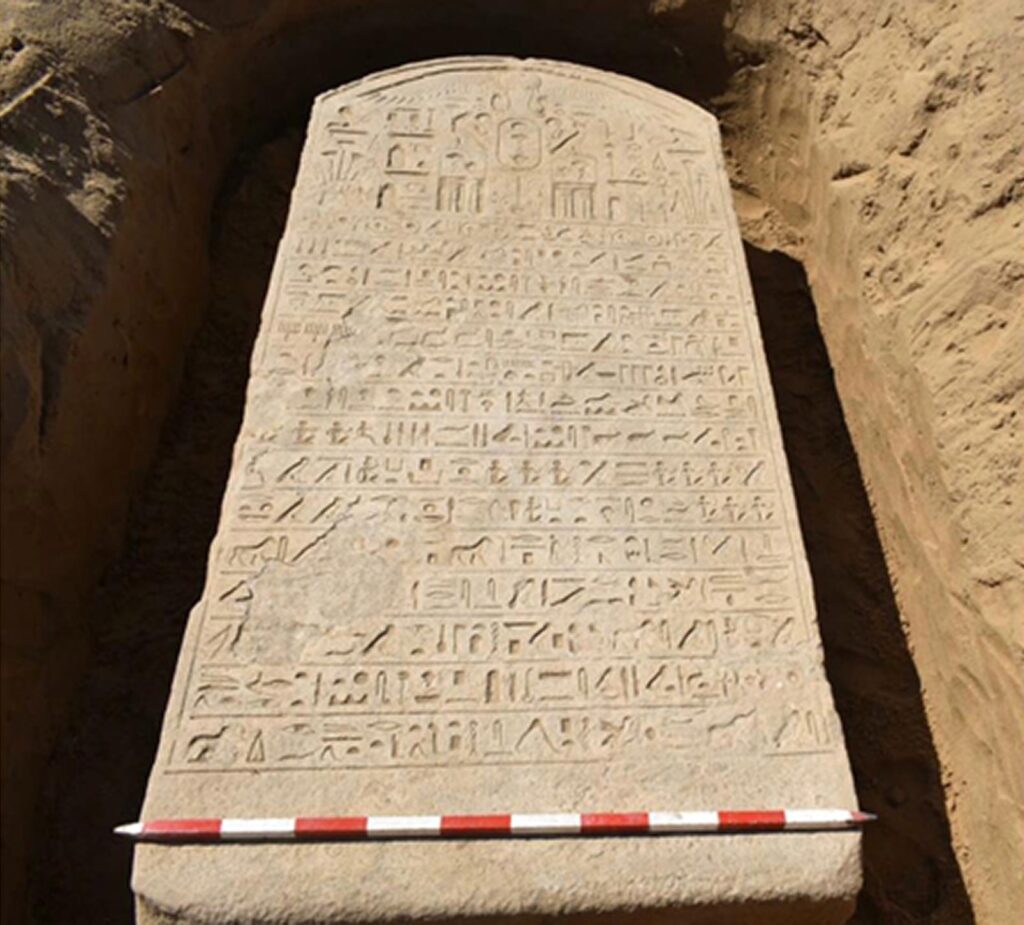
The farmer who found the ancient stela on his plot of land immediately notified the Tourism and Antiquities Police.
Doctor Mostafa Waziry Secretary-General of the Supreme Council of Antiquities said that the stela measures 230 centimetres (90 inches) in length and 103 centimetres (40 inches) in width with a thickness of 45 centimetres (17 inches) and it was sent to The Museum of Antiquities in Ismailia.
He added that the arch of the stela is marked with the winged sun symbol associated with divinity, royalty and power in Ancient Egypt and a cartouche of pharaoh Wahibre (Apries) who was the fifth king of the 26th dynasty and 15 lines of hieroglyphs.
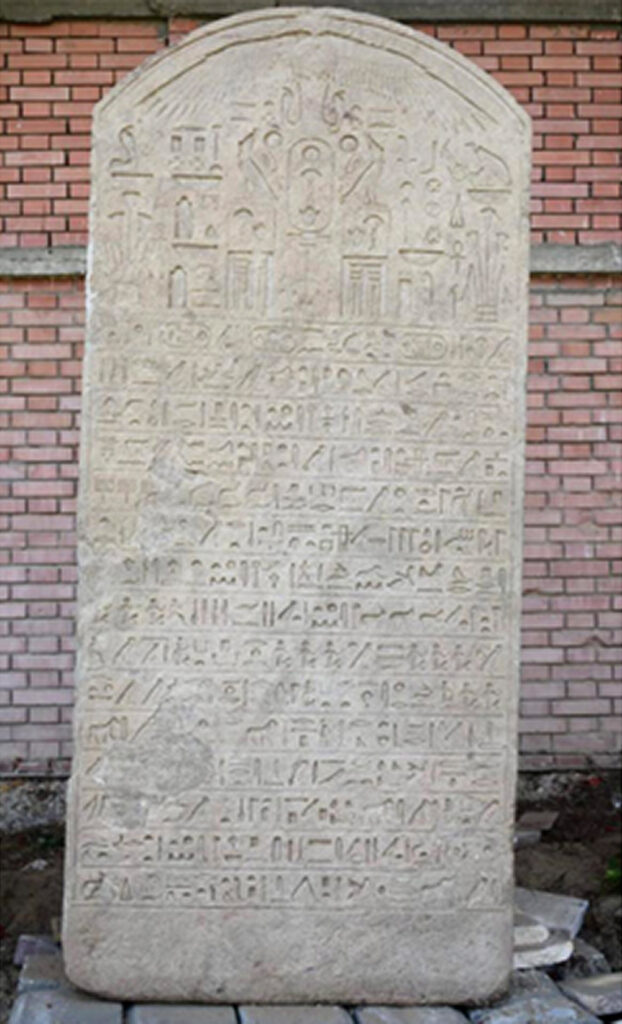
Apries ruled ancient Egypt from 589–570 BC and led Egypt during a period that was fraught with internal problems.
Apries faced a mutiny from soldiers in the Kingdom of Judah, failed to protect Jerusalem from Babylonian forces and saw his army mauled by the Greeks during a war in Libya.
Doctor Waziry explained that the stela stone was probably erected by Apries during a military campaign in which he led his armies to the East.
The stela is currently at the Antiquities Museum in Ismailia where it is being analysed by experts.

